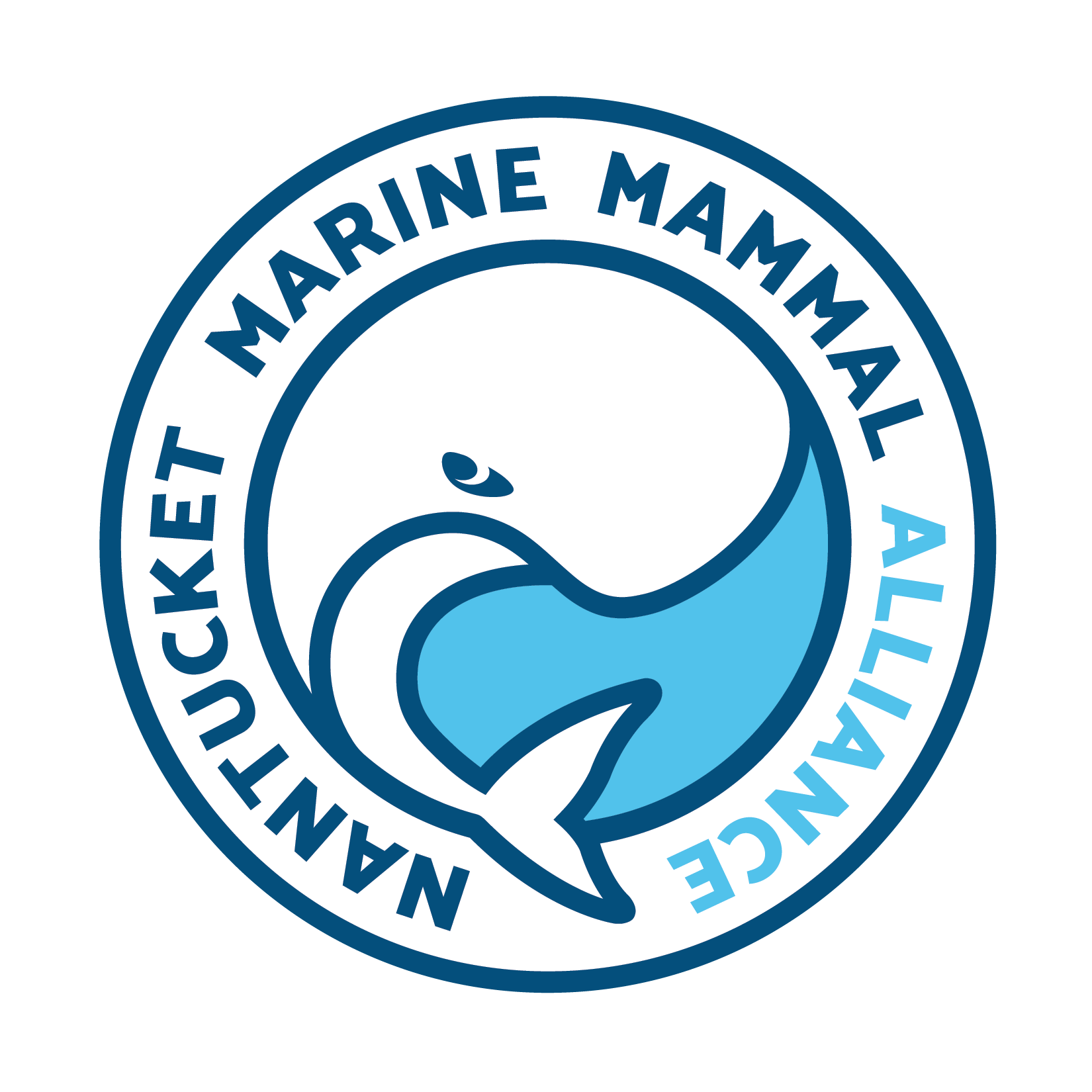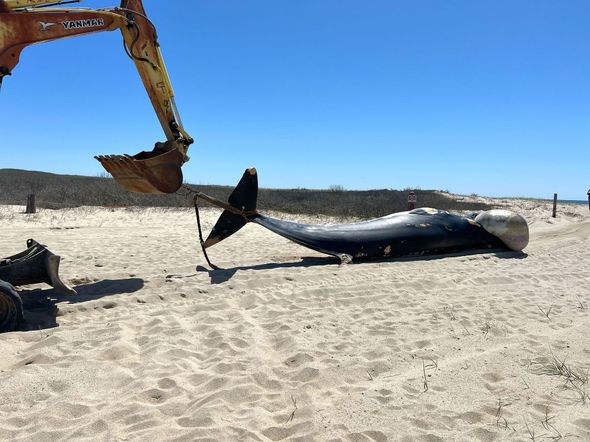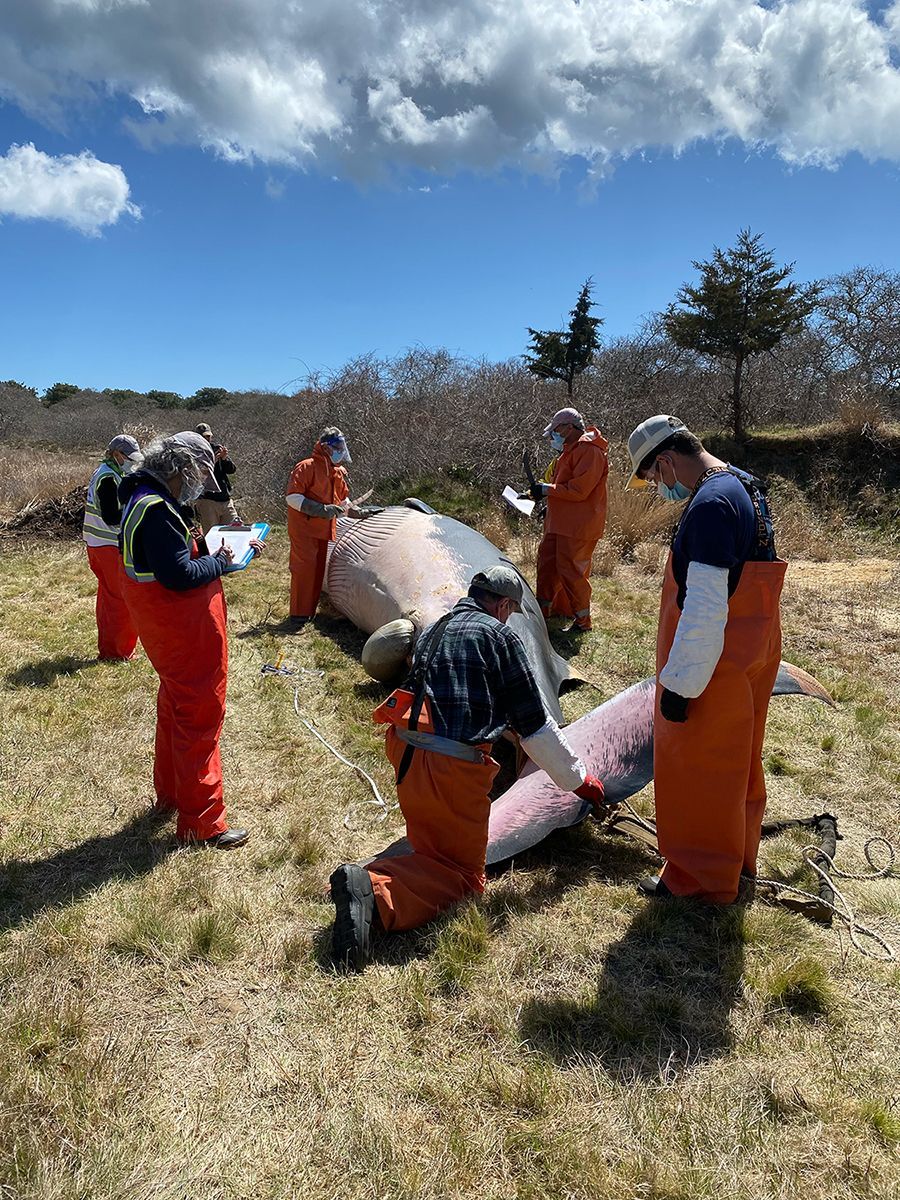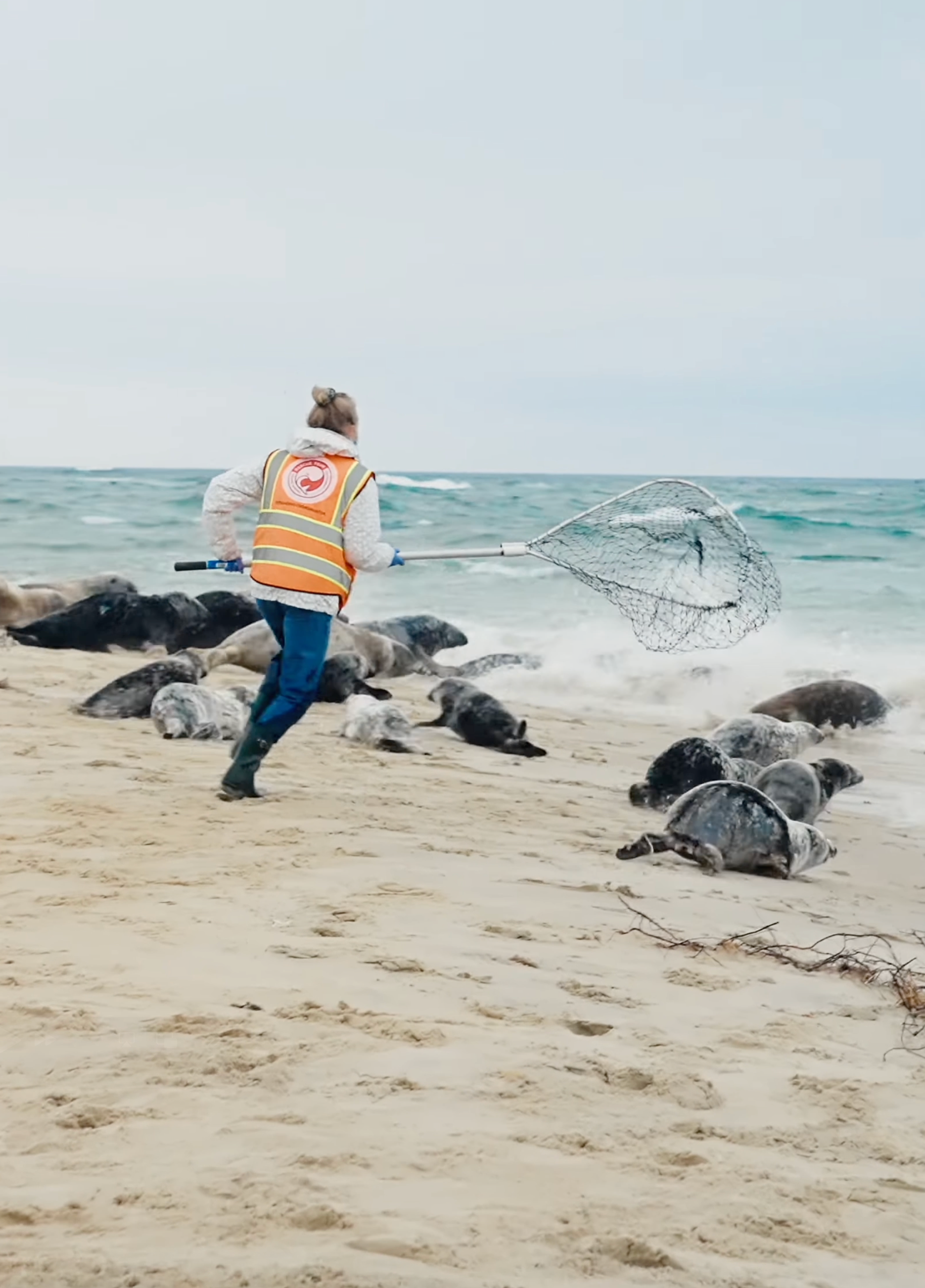MMAN monitors, protects and assists marine mammals on and around Nantucket.
A Second Chance.
The Mission of the Marine Mammal Alliance Nantucket is to monitor, rescue and protect marine mammals on Nantucket, advocate for their well-being, and educate the public.
Making a difference.
Marine Mammal Alliance Nantucket
is an all-volunteer non-profit organization, formed in cooperation with NOAA Fisheries to monitor, protect and assist marine mammals around Nantucket, Muskeget and Tuckernuck islands. Our team is here to advise and educate the public on what is normal behavior for marine mammals and what needs to be reported for help. We respond and disentangle pinnipeds from fishing gear, escort stranded cetaceans to safer waters and deliver injured or ill animals to rehab when necessary. Through outreach, education, collaboration and advocacy, we strive to make a difference.
Raising Awareness.
Global warming is causing marine life to change their migration patterns and habits. These changes put them on a direct path toward increased human interaction. Ship strikes have become commonplace as have seals and whales entangled in fishing gear. Seabirds, fish and mammals are ingesting fatal quantities of plastics; whales, dolphins and turtles are being found far off course resulting in mass strandings and beaches littered with cold stunned Mola mola and turtles. Marine life depends on our stewardship. As Greta Thunberg said, “Our house is burning!”
All of us are connected to the ocean, no matter where we live, and the health of her inhabitants is paramount to a healthy ocean ecosystem.
“If you protect the ocean, you protect yourself.”
– Jean-Michel Cousteau, American Underwater Treasures
-
Well it’s that time of year!! Little pups 🦭wandering off in all directions searching for mom. They get particularly disoriented in high winds 💨Thanks to Sophia, who called in this little one AND kept her safe till we arrived. This little pup is clearly maternally dependent and way off track, headed up the hill on Bank St in Cod Fish Park. After carrying her back to the beach for observation and seeing no sign of mom, it was determined she needed more help. She will head to Mystic Aquarium for rehab and eventual release. Please call our ☎️Hotline for any pup you see! 833-667-6626. All activity under authority from NOAA. #sealpup #marinemammalrescue #cutiepie #givethemspace #givethemspacekeepthemsafeButton
